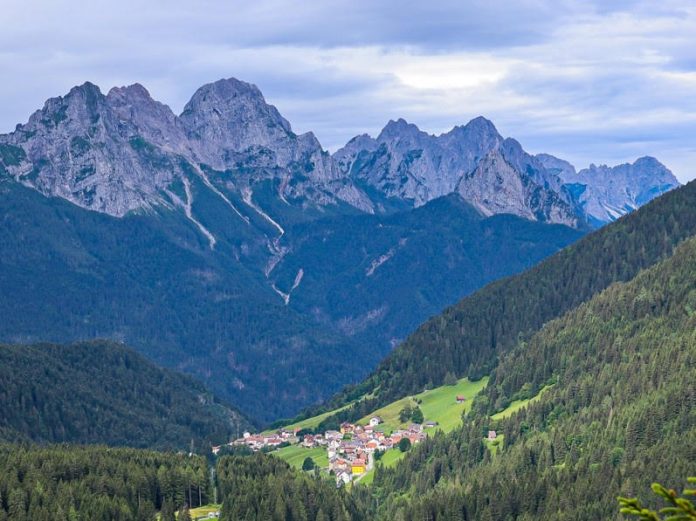by InTrieste
Outdoor vacations have undergone a significant boom over the past decade, driving a cultural shift in tourism. In Friuli Venezia Giulia, this trend represents 17% of total tourism and has spurred substantial investment by the regional administration. Sergio Emidio Bini, the regional councilor for Economic Activities and Tourism, highlighted these developments at a conference in Portogruaro, emphasizing the sector’s quality and sustainability.
“Outdoor vacations have seen a significant surge over the past decade, sparking a cultural revolution of sorts. In the open air, the most contemporary form of tourism, experiential in nature and deeply connected to the territory, has found solid ground and flourished. In Friuli Venezia Giulia, it accounts for 17% of total tourism, representing a significant segment. Over the last five years, the regional administration has invested a total of over €15.2 million in hiking, camper areas, and tourism infrastructure in municipalities, aimed at supporting the growth of this sector.
This commentary comes from Sergio Emidio Bini, the regional councilor for Economic Activities and Tourism, speaking at the conference ‘Outdoor Tourism in the Northeast,’ organized by the Interregional Association of Veneto and Friuli Venezia Giulia Outdoor Accommodation Facilities (Faita Nordest), held at the Episcopal Palace of Portogruaro. Also in attendance were Alberto Granzotto, President of Faita Nordest, Federico Caner, Tourism Councilor of the Veneto Region, Laura Giorgi, Mayor of Lignano, and Roberta Nesto, Mayor of Cavallino Treporti.
“In Friuli Venezia Giulia,” Mr. Bini explained, “the ‘weight’ of outdoor facilities (campgrounds and tourist villages) represents approximately 17% of total tourist stays: in 2023, over 1.7 million stays were recorded out of a total of 10 million stays in the region.”
“This is,” he continued, “a form of high-quality tourism, characterized by high customer loyalty, long stays, and a commitment to environmental sustainability. For this reason, Friuli Venezia Giulia supports its development and growth not only along the coast, which undoubtedly plays the most important role in the sector but also potentially in the mountainous and foothill areas. In this perspective, the ability to collaborate within our region and with neighboring territories, particularly the Veneto region, with which a collaboration in the tourism sector has already been initiated, is fundamental.”
Delving into specifics, concerning campgrounds, approximately 227,000 stays by Italians were recorded last year, while foreign stays reached 580,000, showing an overall growth of over 10% compared to 2022. As for tourist villages, in 2023, there were 156,000 Italian stays and 743,000 foreign stays, with a 5.6% growth compared to the previous year. In terms of origins, the top countries are Germany, Austria, the Netherlands, Hungary, and the Czech Republic.
Regarding accommodation offerings, Friuli Venezia Giulia boasts 38 outdoor facilities, including campgrounds and tourist villages, which increase to 53 when including dry marinas and marina resorts.
“In total,” Mr. Bini concluded, “we’re talking about over 14,000 camping beds and almost 12,500 vacation village beds, which, when combined with those of dry marinas and marina resorts, amount to a total of over 37,000 beds in Friuli Venezia Giulia. These numbers alone underscore the significance of this sector for regional tourism.”





























